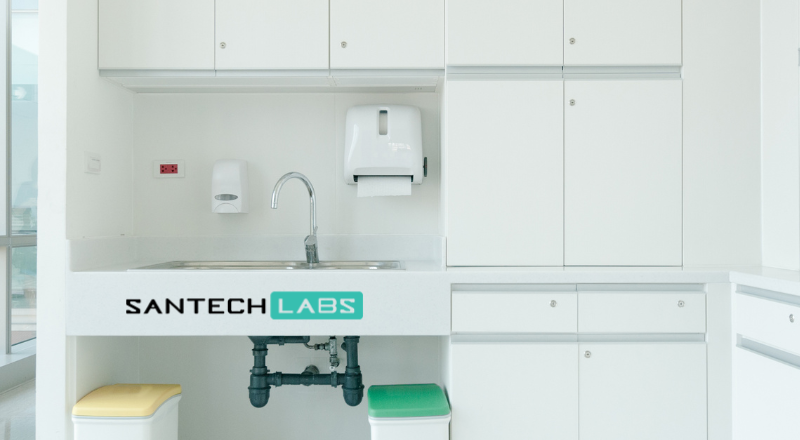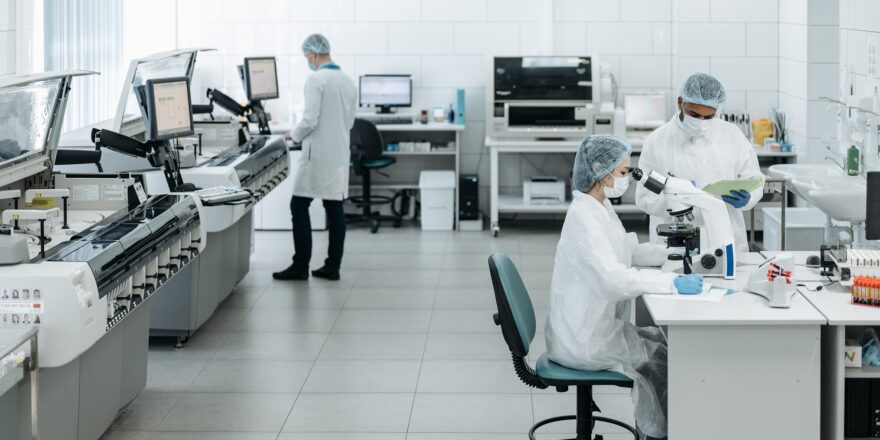Laboratories are bustling hubs of scientific exploration, innovation, and discovery. In the midst of experiments, data analysis, and constant research, maintaining an organised and efficient lab space becomes paramount. One key element in achieving this is investing in top-notch laboratory storage cabinets. These cabinets play a crucial role in keeping materials, tools, and chemicals in order, contributing to a seamlessly functioning laboratory environment.
The Importance Of Laboratory Storage Cabinets
Laboratory storage cabinets are not mere pieces of furniture; they are essential components that impact the overall efficiency and safety of a lab. Before diving into the specifics, let’s explore why these cabinets are indispensable.
Have you ever wondered how labs manage to keep track of a myriad of tools, chemicals, and equipment? How do they ensure a safe and organised workspace amidst the constant hustle and bustle of scientific activities?
Understanding The Role Of Storage Cabinets
Laboratory storage cabinets serve as the backbone of a well-organised lab. They provide a designated space for various items, from delicate glassware to hazardous chemicals. Without proper storage, labs would be chaotic, hindering researchers’ ability to conduct experiments smoothly. Now, let’s delve into the key features and benefits of these cabinets.
Key Features Of Quality Laboratory Storage Cabinets
- Material Durability: High-quality storage cabinets are constructed from durable materials that withstand the rigours of a laboratory environment. They protect contents from external factors and ensure a longer lifespan.
- Chemical Resistance: In a lab where various chemicals are handled, cabinets must be resistant to corrosion and chemical damage. This not only safeguards the cabinet itself but also prevents cross-contamination among stored items.
- Adjustable Shelving: Flexibility is key when it comes to lab storage. Cabinets with adjustable shelving accommodate items of different sizes, allowing for efficient space utilisation.
- Ventilation Systems: Some cabinets come equipped with ventilation systems to enhance air circulation and minimise the buildup of fumes or odours. This is particularly crucial when storing chemicals that emit vapours.
- Security Features: To safeguard sensitive materials, many cabinets are designed with secure locking mechanisms. This ensures that only authorised personnel have access to potentially hazardous substances.
Types Of Laboratory Storage Cabinets
- Wall Storage Cabinets: Mounted on laboratory walls, these cabinets maximise vertical space, keeping the floor clear for experiments. They are ideal for storing frequently used items within easy reach.
- Bench Storage Cabinets: Placed on lab benches, these cabinets offer convenient storage for tools and equipment. Their proximity to workstations streamlines the research process, eliminating the need to navigate across the lab for essential items.
- Chemical Storage Cabinets: Specifically designed for the safe storage of chemicals, these cabinets feature specialised construction to prevent spills, leaks, and contamination. They are a crucial component of lab safety protocols.
Now that we understand the significance of laboratory storage cabinets let’s explore practical tips for optimising their use in a lab setup.
Organisational Tips For An Efficient Lab Setup With Laboratory Storage Cabinets
1. Categorise And Label
Group similar items together and label each cabinet or section accordingly. This simplifies the retrieval process and reduces the risk of using the wrong materials.
2. Regular Maintenance
Conduct regular checks on the condition of cabinets. Replace damaged shelving or address any issues promptly to ensure a safe and functional storage system.
3. Prioritise Safety
When storing chemicals, adhere to safety guidelines and segregation principles. Ensure that incompatible substances are kept separate to prevent accidental reactions.
4. Optimise Space
Take advantage of vertical space with wall storage cabinets. This not only enhances organisation but also frees up valuable bench space for experiments.
5. Review And Update Inventory
Periodically review and update the inventory of stored items. Dispose of expired chemicals and replace outdated equipment to maintain an efficient and up-to-date lab.
Choosing The Right Storage Cabinet For Your Lab
Selecting the appropriate storage cabinet involves considering the specific needs of your lab. Referencing reputable suppliers can guide you in making informed decisions. Explore a variety of cabinets, from tall to short, and determine which suits your lab’s requirements best.
Considerations When Purchasing Storage Cabinets
- Size and Dimensions: Evaluate the available space in your lab to choose cabinets that fit seamlessly. Consider both floor and wall space for optimal utilisation.
- Material Compatibility: Ensure that the cabinet material is compatible with the items you plan to store. Different chemicals may require cabinets with specific construction materials to guarantee safety.
- Ventilation Requirements: For labs dealing with volatile substances, prioritise cabinets with adequate ventilation. This feature promotes a safer working environment by preventing the buildup of potentially harmful fumes.
- Budgetary Constraints: While quality is paramount, it’s essential to work within your budget. Look for cabinets that strike a balance between affordability and durability.
- Locking Mechanisms: Depending on the nature of your work, consider cabinets with secure locking mechanisms to control access and enhance security.
Conclusion
Laboratory storage cabinets are the unsung heroes of a well-organised and efficient lab. They provide a systematic approach to managing tools, equipment, and chemicals, contributing to a safer and more productive working environment. By investing in high-quality storage solutions and implementing organisational tips, labs can streamline their operations and focus on what they do best—pushing the boundaries of scientific knowledge.
So, how does your lab currently manage storage? Are you maximising the potential of storage cabinets to enhance efficiency and safety? Consider these questions as you evaluate and enhance your lab’s organisational structure. After all, a well-organised lab is a foundation for groundbreaking discoveries.



